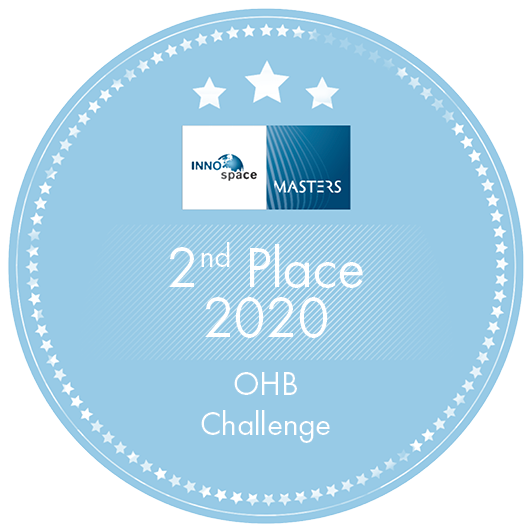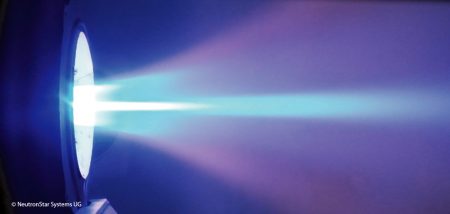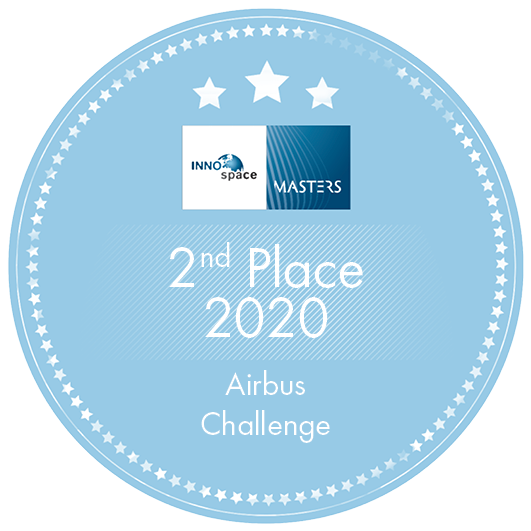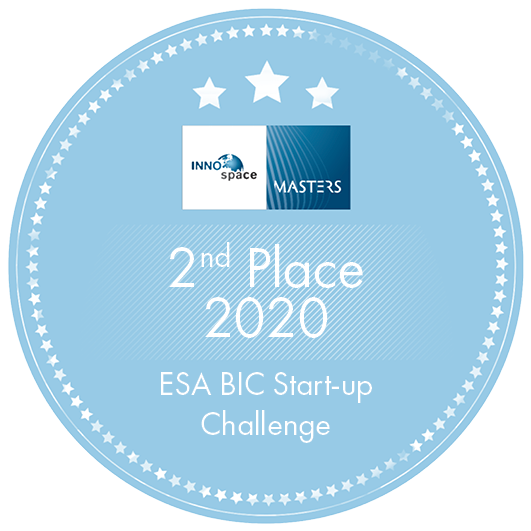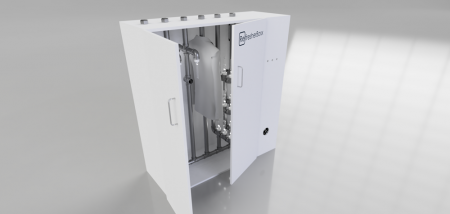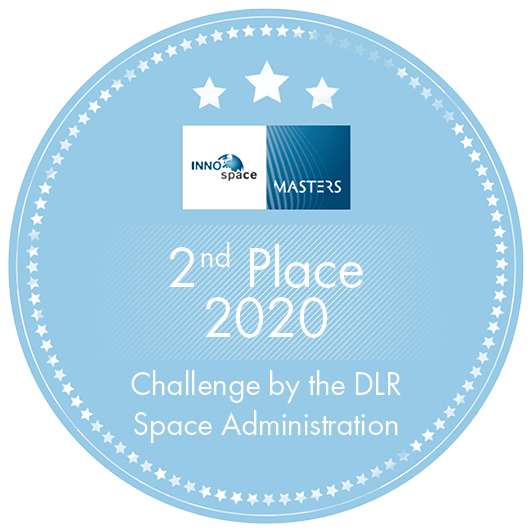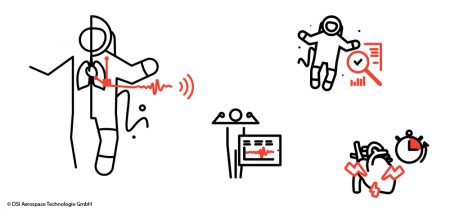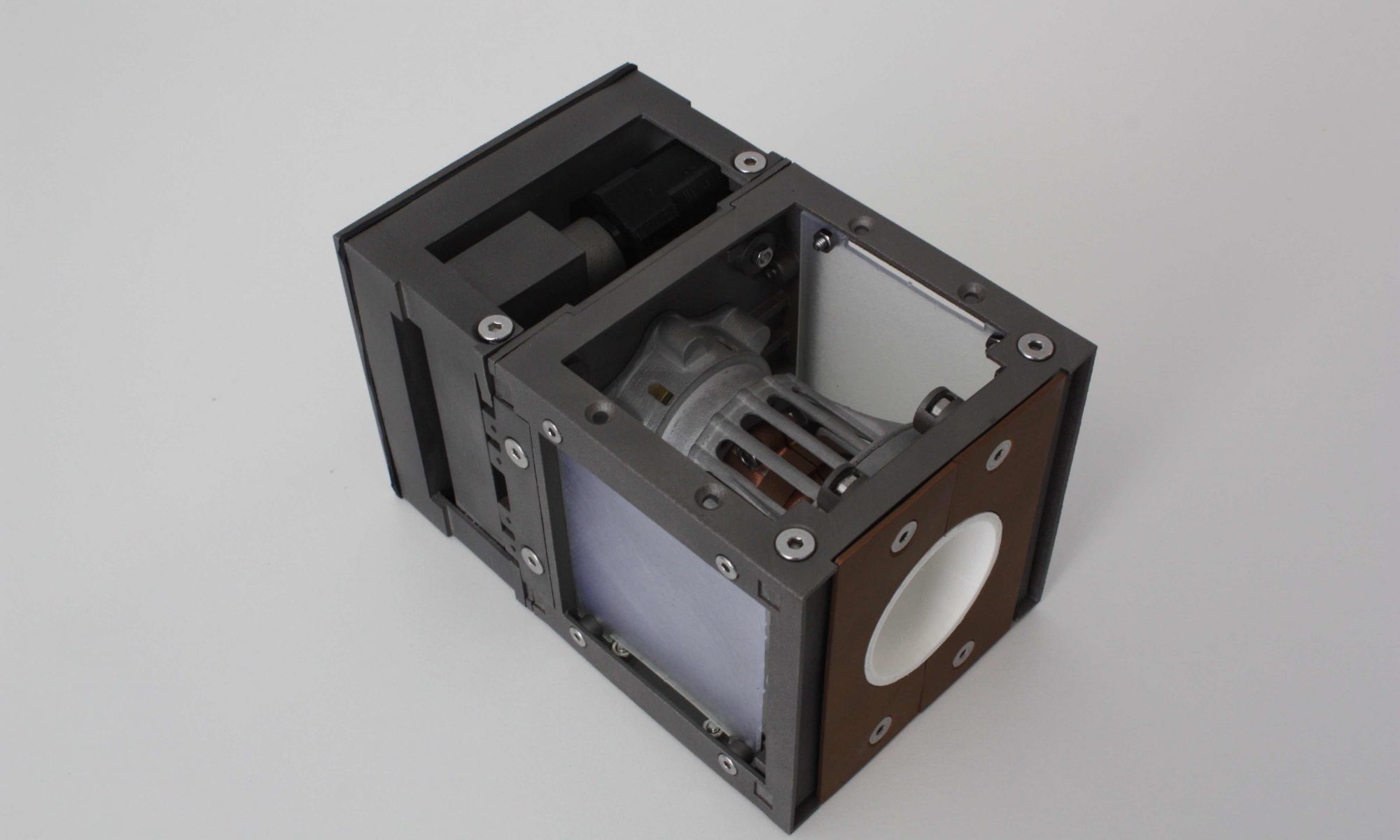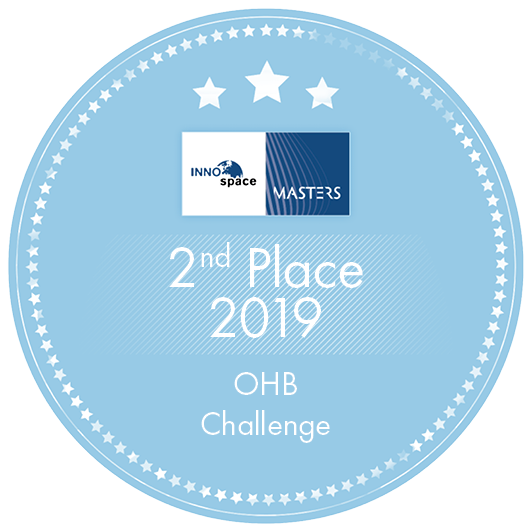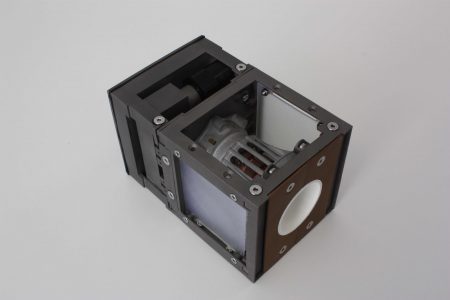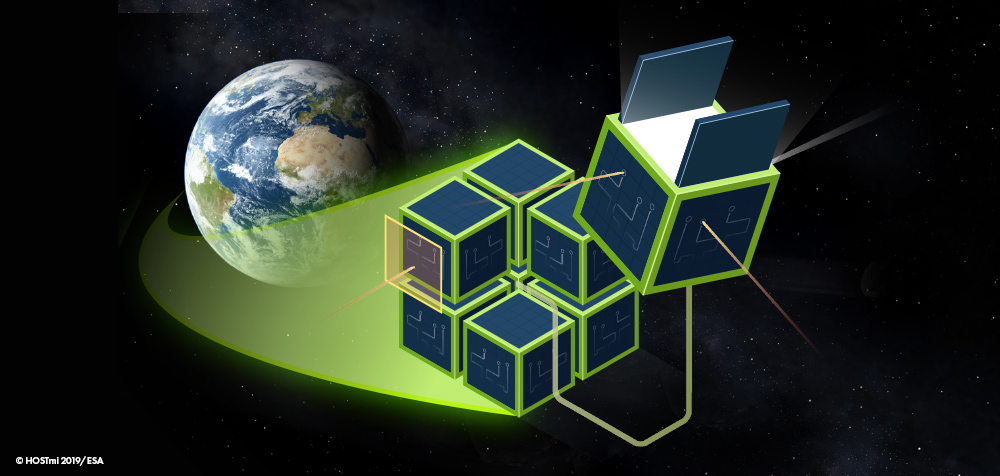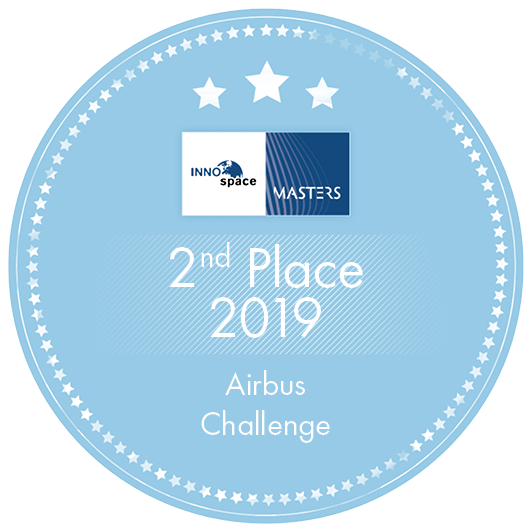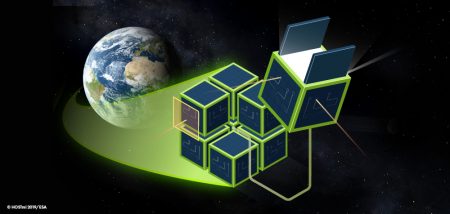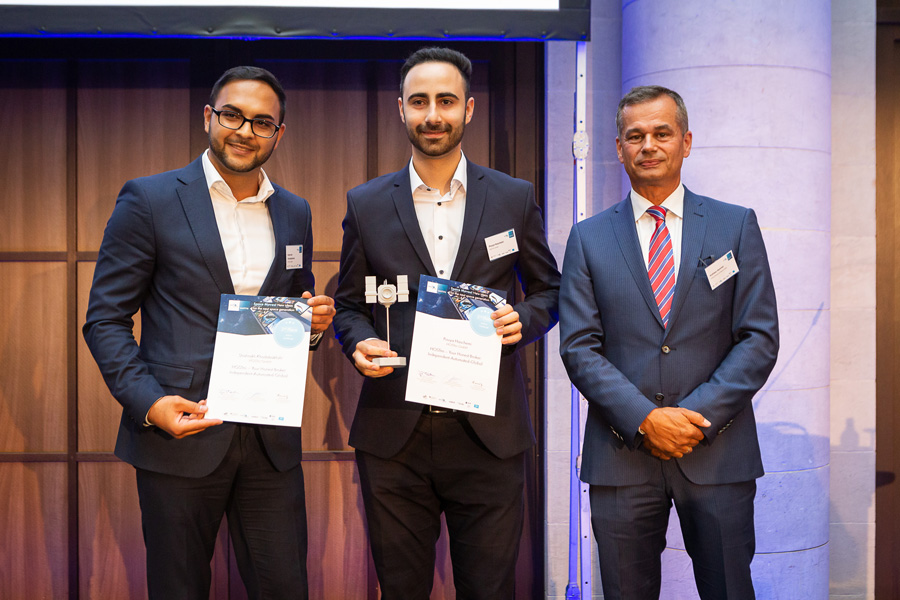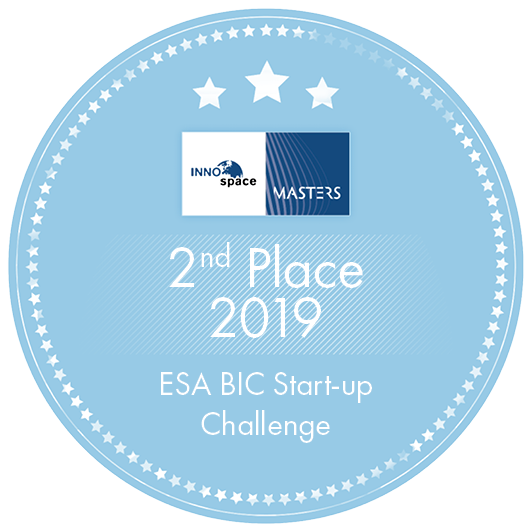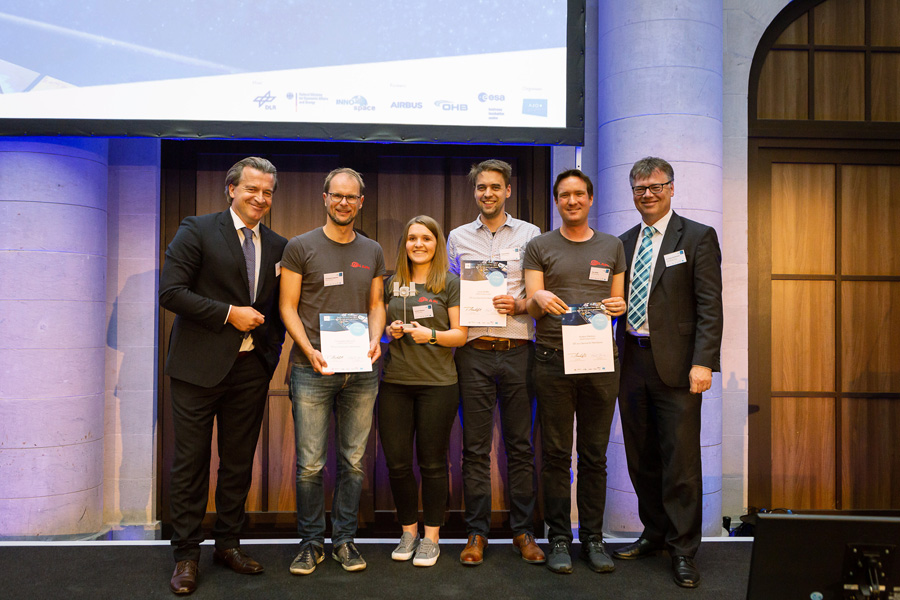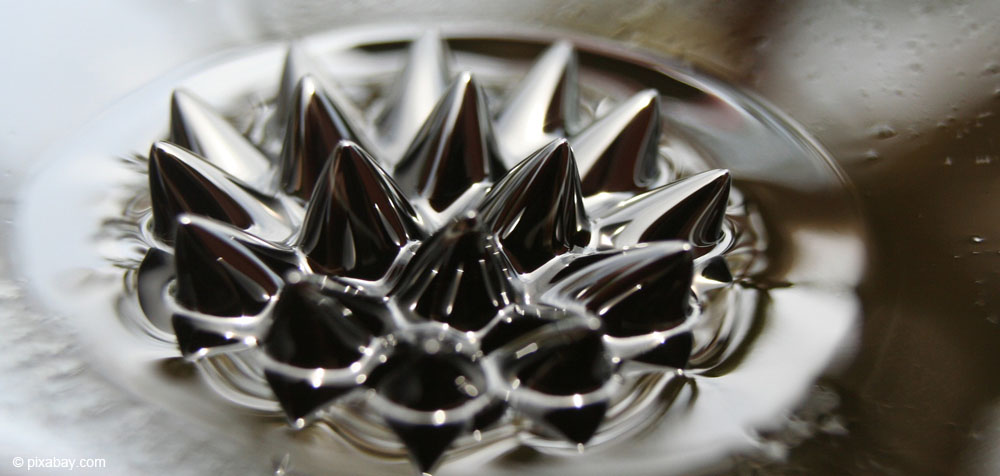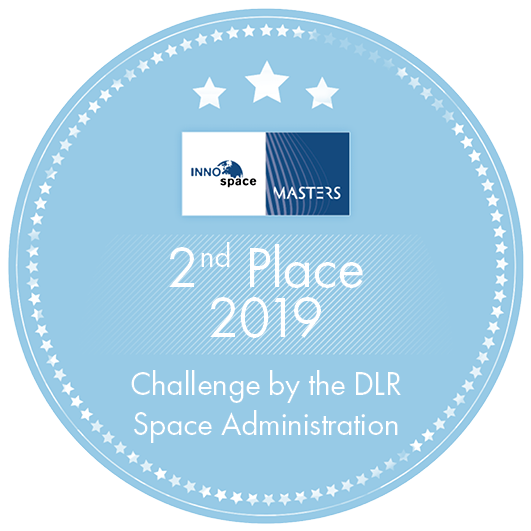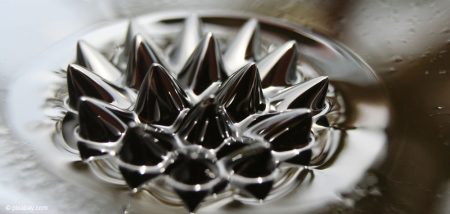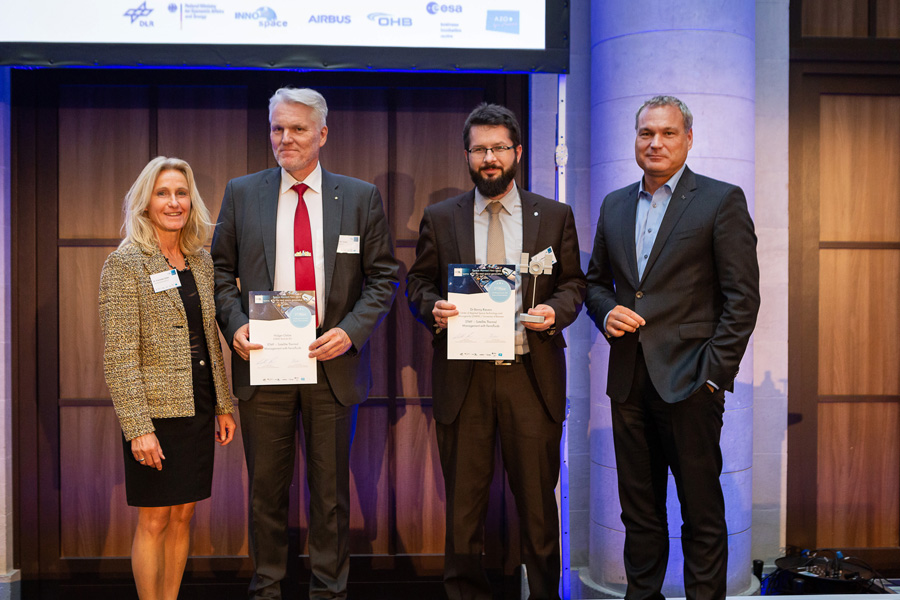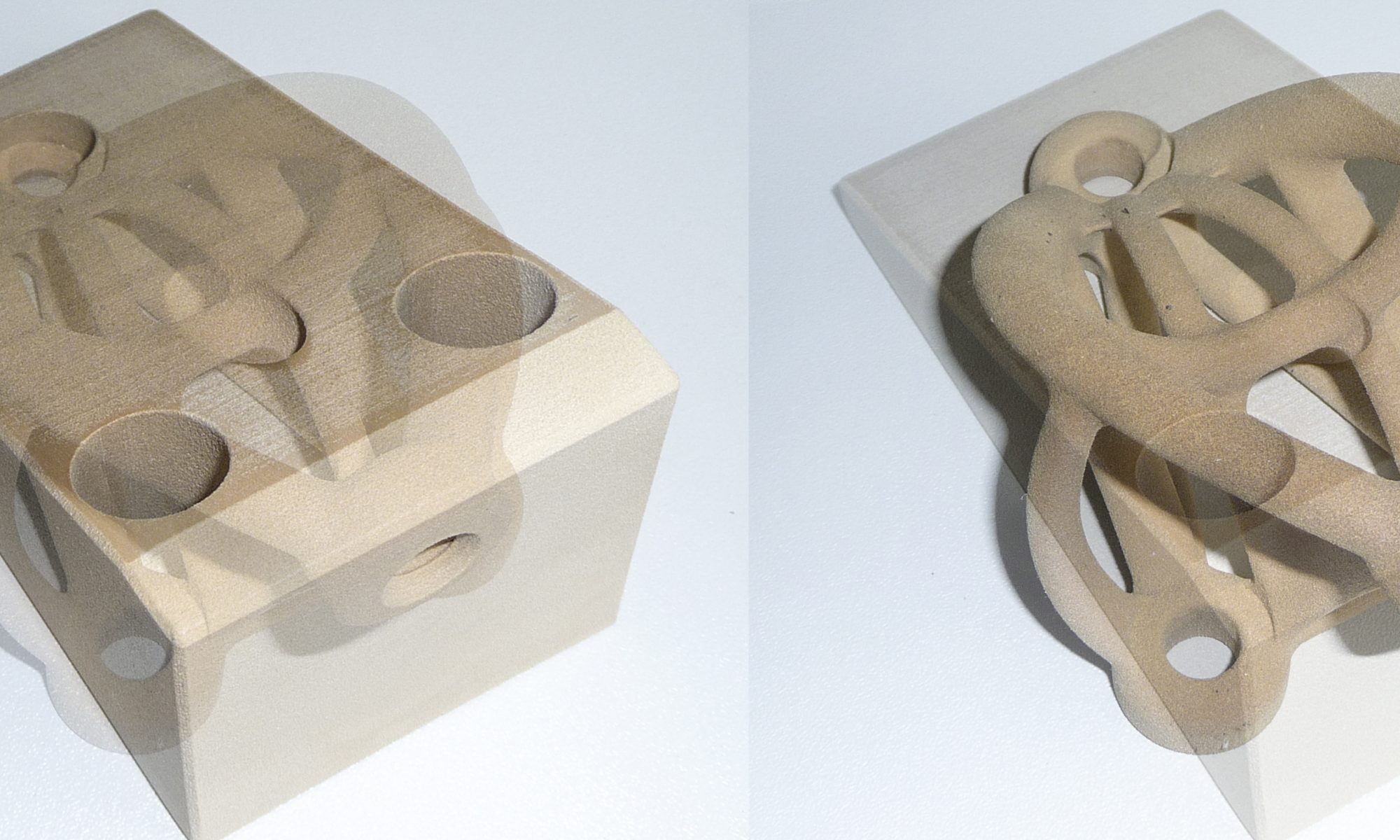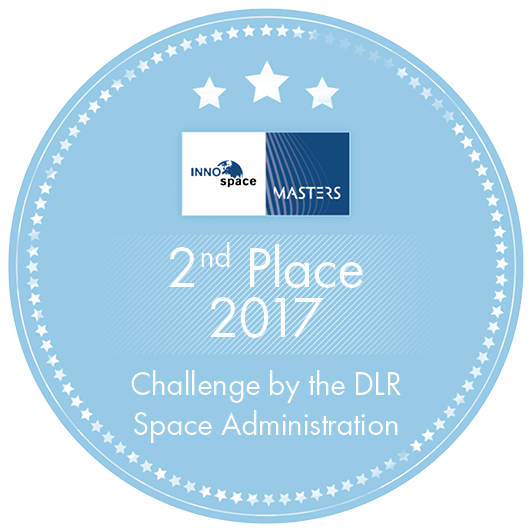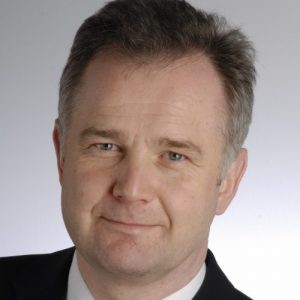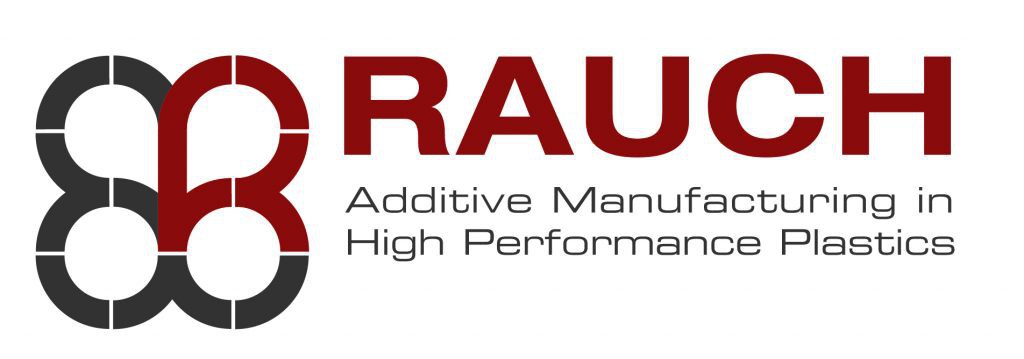PANTOhealth – Real-time infrastructure monitoring and maintenance 4.0
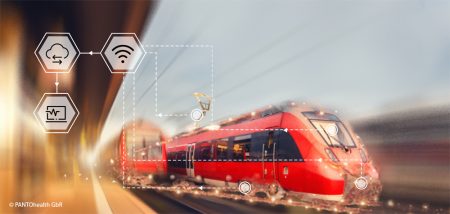
A total of 3.7 million minutes, or 2,570 days, was the delay of ICE and Intercity trains in Germany for 2018 according to data from Deutsche Bahn and the German Bundestag. Infrastructure damage to railway lines is one of the main reasons for this. This is caused, in particular, by the fact that maintenance work is often carried out either too early or too late. PANTOhealth GbR aims to disrupt the maintenance plan of the mechanical infrastructures of the railway industry through condition monitoring and predictive maintenance. Its first service focuses on the maintenance of pantographs and overhead lines. Extensive data is collected via the PANTOsystem, which
consists of simulation software, patented hardware for data acquisition, cameras and various sensors. Big data analysis can predict the appropriate time and exact geographic location of necessary maintenance work. This service will significantly reduce maintenance costs, while also increasing the lifetime of the pantograph and overhead line system.
Benefits:
- Predictive Maintenance 4.0:
Displaying of the most effective maintenance plan to reduce costs and prevent the most common causes of damage - Reduction of maintenance costs in the railway sector by up to EUR 6.6 billion annually
- Considerable improvement in the punctuality of trains





